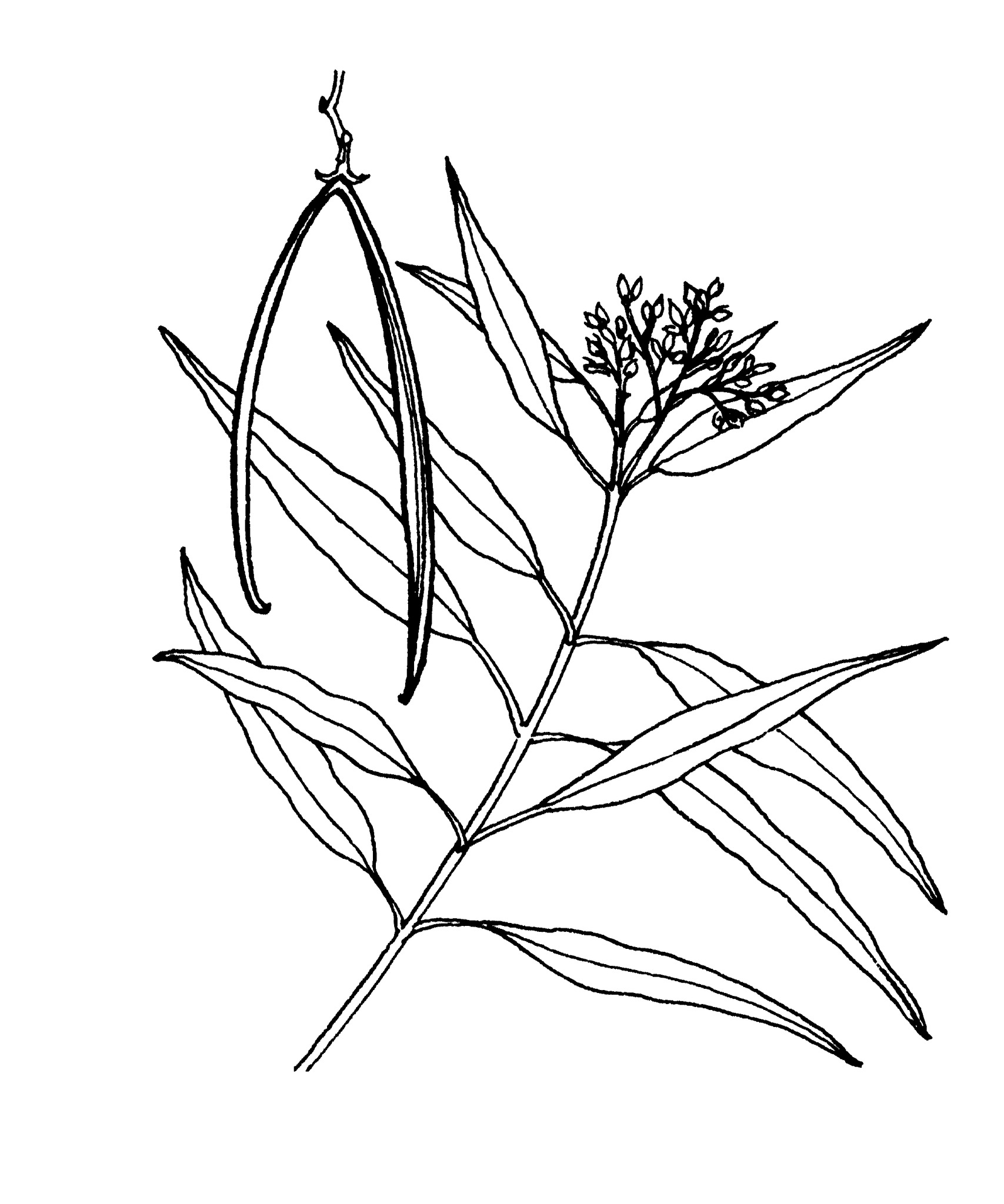
Named for Dr C. Alston (1685–1760), Professor of Botany at Edinburgh University, Scotland.
Shrubs or trees, evergreen; latex white. Stems woody, without spines. Leaves 3-7-whorled, rarely opposite, stalked; blade well developed; colleters absent at base. Inflorescence terminal, cymose. Flowers scented, stalked. Corolla salver-shaped; tube cylindrical; lobes convolute in bud, overlapping to the right or to the left. Corolline corona absent. Stamens enclosed, attached in middle or near top of tube, not sticking to style head. Disk annular. Fruits of separate carpels, woody paired follicles, tapering to each end; seeds numerous, flattened, oblong, not winged, hairy around margin and tufted at ends.
Four species are commonly cultivated, mainly by rainforest enthusiasts. Frost-sensitive.
Seeds.
Shrubs or trees; fruits of separate carpels, woody paired follicles.
About 41 species in Africa, Asia, Malesia, Melanesia and Australia (6 species).
Monachino (1949), Forster (1992f, 1996a), Sidyasa (1998).
Source: (2002). Apocynaceae. In: . Horticultural Flora of South-eastern Australia. Volume 4. Flowering plants. Dicotyledons. Part 3. The identification of garden and cultivated plants. University of New South Wales Press.
